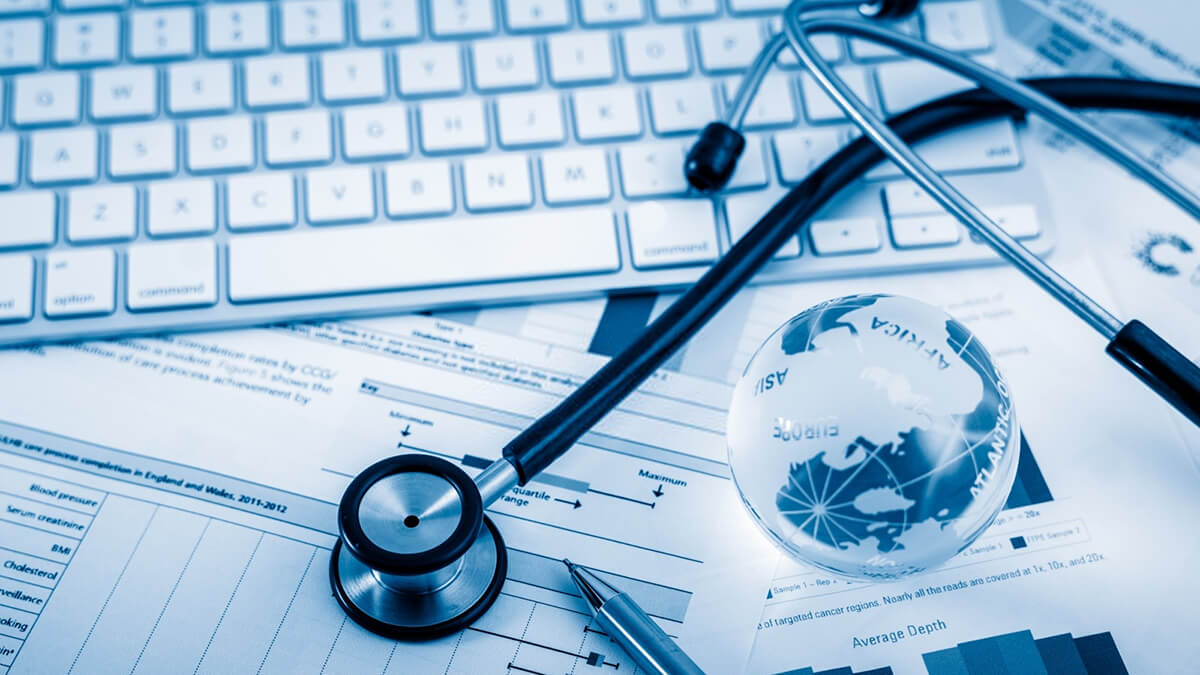The Future of Medical Administration: Patterns and Advancements to Enjoy
The Future of Medical Administration: Patterns and Advancements to Enjoy
Blog Article
Ideal Practices in Medical Management for Improving Efficiency and Reducing Costs
In the ever-evolving landscape of health care, the quest of best techniques in clinical administration is paramount for enhancing efficiency and curbing expenses. By incorporating innovative technologies such as electronic health records and telemedicine, doctor can streamline procedures and boost client care. Nonetheless, innovation alone is not a panacea; enhancing source allotment and fostering joint interaction among care teams are just as vital (medical administration). As companies make every effort to stabilize top quality and expense, what methods should be prioritized to accomplish these twin goals? The answers to these inquiries hold the key to an extra lasting health care system.
Leveraging Advanced Innovation
The integration of electronic services right into healthcare systems has changed the way facilities run, simplifying processes and improving person treatment. By streamlining client info, EHRs remove the need for difficult documents and assist in seamless communication among health care suppliers.
Telemedicine is one more technical innovation that has reinvented individual communication. It supplies comfort for both people and health care professionals by enabling remote appointments, which can decrease the demand for in-person check outs and enhance appointment scheduling. Furthermore, telehealth platforms can prolong medical care access to rural or underserved locations, connecting voids in treatment shipment.
Additionally, the use of Artificial Knowledge (AI) and artificial intelligence is coming to be increasingly prevalent in predictive analytics, permitting for early detection of possible wellness concerns and more educated decision-making. These innovations, when incorporated efficiently, can enhance diagnostic precision and personalize client treatment plans, eventually leading to enhanced healthcare outcomes and functional efficiency.
Optimizing Source Appropriation
By strategically taking care of sources such as personnel, tools, and finances, medical care facilities can significantly enhance their operational performance, boost patient results, and decrease unnecessary expenditures. The initial step in enhancing source allocation includes carrying out a detailed evaluation of existing properties and recognizing areas where sources might be underutilized or exhausted.
Prioritizing source allocation based on individual requirements and service demands is important. Implementing flexible staffing models can likewise enhance labor sources by readjusting employees appropriation in action to fluctuating client quantities.
Funds must be diligently monitored and assigned with calculated insight to sustain both temporary operational demands and long-lasting institutional objectives. This includes investing in training programs that improve staff expertises and taking on energy-efficient practices that lower operational prices (medical administration). Ultimately, an enhanced resource appropriation technique promotes a lasting healthcare atmosphere that is responsive, effective, and monetarily sensible
Streamlining Workflow Processes
When health care centers objective to improve operational effectiveness, enhancing operations processes becomes an essential emphasis. Reliable process reduce redundancy, get rid of unnecessary actions, and enhance sychronisation amongst medical care specialists. This method not only accelerates service distribution but additionally improves the top quality of client treatment.

Next, innovation assimilation plays a significant role in streamlining operations. Applying electronic wellness records (EHRs) and electronic physician order access (CPOE) systems minimizes documentation, lessens human mistake, and makes sure details comes to all relevant personnel. In addition, leveraging telemedicine platforms can simplify client appointments and follow-ups, minimizing the pressure on physical infrastructure.

Eventually, streamlined operations lead to cost decreases and enhanced individual contentment, cultivating an extra lasting medical care atmosphere.
Enhancing Information Monitoring
Building upon streamlined operations, enhancing information management becomes an essential component in advancing medical care management. Efficient data administration systems are important for keeping precise patient records, boosting decision-making, and guaranteeing conformity with governing criteria. By executing durable data monitoring services, medical care facilities can enhance the top quality of patient treatment while concurrently lowering operational prices.
One secret aspect of improving information management is the assimilation of sophisticated digital health and wellness record (EHR) systems. These systems help with the smooth exchange of patient info across various divisions, decreasing duplication of examinations and minimizing mistakes. A well-designed EHR system sustains data analytics, enabling healthcare service providers to determine fads and make informed choices regarding patient care.
Moreover, securing patient data is extremely important. Adopting comprehensive cybersecurity procedures, consisting of file encryption and normal audits, ensures the integrity and confidentiality of delicate information. This not only shields clients however additionally preserves the establishment's reputation.
Buying personnel training is an additional crucial element. Enlightening health care experts on information monitoring techniques enhances their capacity to properly use modern technology, bring about boosted individual end results. Finally, enhancing data administration through innovative technology and comprehensive training is necessary for attaining efficiency and cost decrease in medical management.
Fostering Collaborative Interaction
An essential component ahead of time clinical administration is promoting joint communication among medical care specialists. Efficient interaction is vital for making certain seamless individual care, optimizing therapy end results, and reducing errors. By urging open discussion and coordination throughout multidisciplinary groups, healthcare companies can enhance their functional performance and reduce unnecessary expenses.
Central to this strategy is the integration of communication innovations such as electronic health and wellness records (EHRs) and protected messaging systems, which assist in the rapid exchange of crucial individual details. These devices make it possible for health care companies to accessibility and share data in genuine time, making sure that all employee are educated and lined up in their decision-making processes. Furthermore, normal team conferences and interdisciplinary rounds can better promote a society of collaboration and liability.
Training programs concentrated on improving interaction skills are also crucial. These programs can aid personnel create the capacity to convey info clearly and listen proactively, thus minimizing misconceptions and have a peek at these guys cultivating a supportive visit the website workplace. On top of that, embracing standardized interaction methods, such as SBAR (Situation, History, Evaluation, Suggestion), can streamline the exchange of information, ensuring that critical information are conveyed succinctly and successfully. Inevitably, cultivating joint communication results in boosted health care shipment and price savings (medical administration).

Final Thought
Including advanced technology, such as digital health records and telemedicine, along with optimized source allocation and streamlined operations processes, is essential for enhancing efficiency in clinical administration. review Effective data monitoring and cultivating joint communication amongst healthcare groups are essential for decreasing redundancies and boosting treatment quality. By focusing on preventive care and involving in quality improvement initiatives, medical care organizations can achieve considerable expense savings and boosted individual results, consequently guaranteeing lasting healthcare distribution in a significantly intricate environment.
Report this page